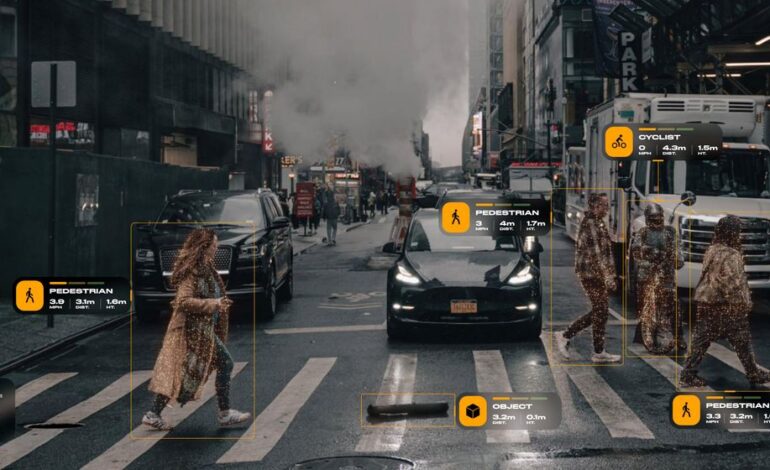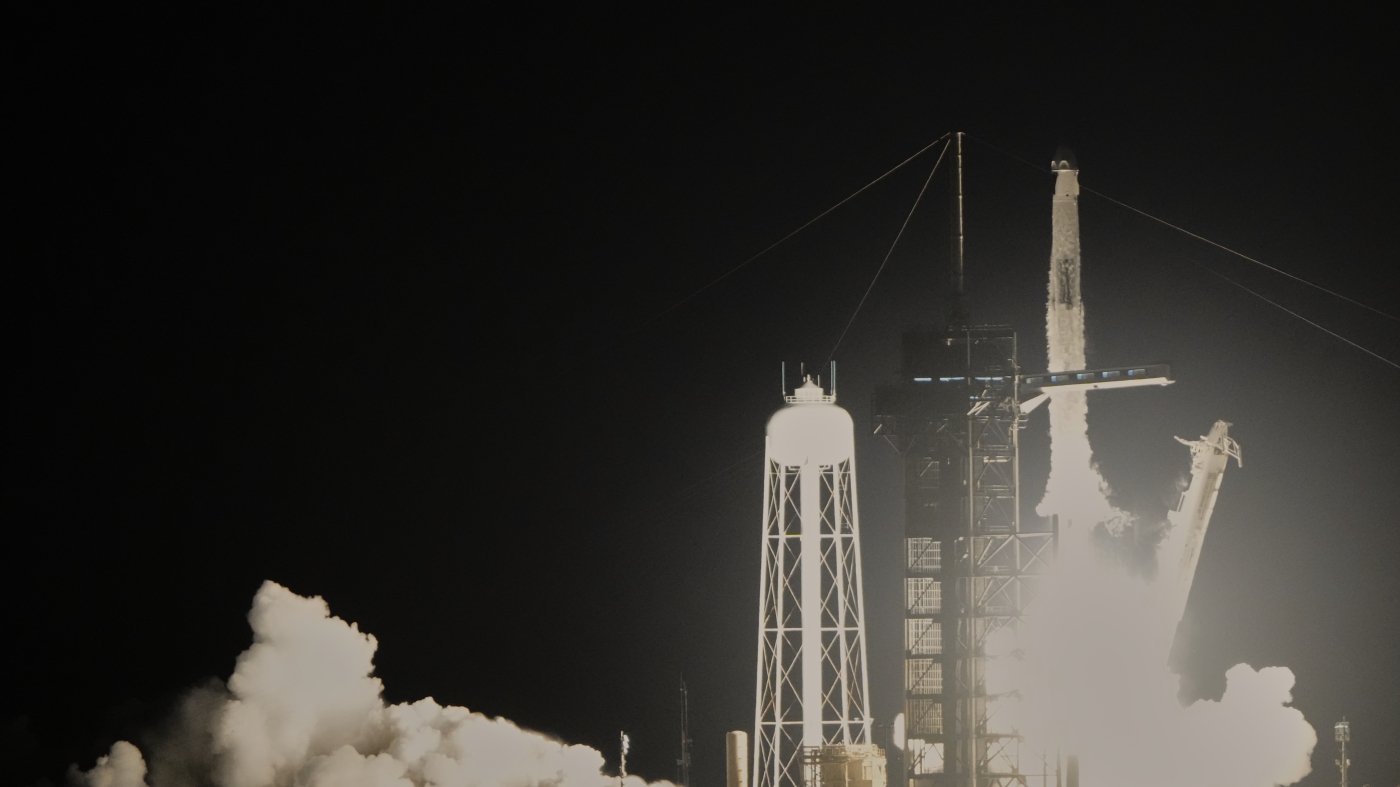Terahertz Radar Promises Safer Driving with Advanced Imaging Tech

The introduction of terahertz radar technology by the startup Teradar could revolutionize vehicle safety, potentially preventing accidents caused by undetectable debris on the road. Founded by Matthew Carey after he experienced the tragic loss of a friend in a car accident, Teradar aims to provide a solution for conditions where current automotive sensors fail, such as in fog or bright sunlight.
Conventional sensors like radar, lidar, and cameras struggle under these circumstances, leaving vehicles vulnerable to hazards. Teradar’s innovative terahertz imager can detect small objects from a distance of up to 300 meters, meeting industry requirements while performing well in adverse weather conditions. The company recently emerged from stealth mode to present its technology, claiming it offers 20 times the resolution of standard automotive radar at a cost lower than lidar.
Innovative Sensor Technology
Carey describes Teradar’s sensor as a blend of radar and camera technologies, utilizing electronically steerable beams generated by arrays of terahertz transmitters. The sensors, akin to imaging chips, measure the time taken for signals to bounce back, creating a detailed point cloud representative of the environment. This method eliminates the mechanical components that contribute to lidar’s higher costs and susceptibility to wear.
“This sensor combines the simplicity of radar with the high resolution of lidar,” Carey explained. The implications of such technology are significant, and its integration into vehicles is being evaluated by five major car manufacturers, with production expected by 2028.
Advancements in Terahertz Technology
The progress achieved by Teradar can be attributed to advancements in silicon transistor technology, which have steadily enhanced the frequency capabilities of modern devices. Ruonan Han, a professor of electrical engineering at the Massachusetts Institute of Technology (MIT), supports this, noting that improvements in terahertz circuit efficiency, output power, and receiver sensitivity are now facilitating practical applications.
Despite these advancements, challenges remain, particularly in ensuring the technology can deliver reliable performance for autonomous driving. Han’s lab is focused on creating lightweight, low-power terahertz sensors for various applications, including robotics. Furthermore, Han has launched Cambridge Terahertz, a startup dedicated to leveraging terahertz frequencies for security scanning.
While Teradar is currently prioritizing automotive applications, Carey highlights the potential for wider use. Terahertz frequencies may not penetrate skin, but they do reveal distinct differences in color that can indicate skin conditions like melanoma.
In light of recent events, such as the unfortunate incident involving a Waymo self-driving car that struck a cat in San Francisco, the question arises: could Teradar’s technology have prevented such an accident? Carey believes it likely would have, underscoring the life-saving potential of this innovative sensor technology.
As Teradar continues its development and testing, the automotive industry watches closely, anticipating a future where safer driving is within reach thanks to advanced terahertz radar technology.






